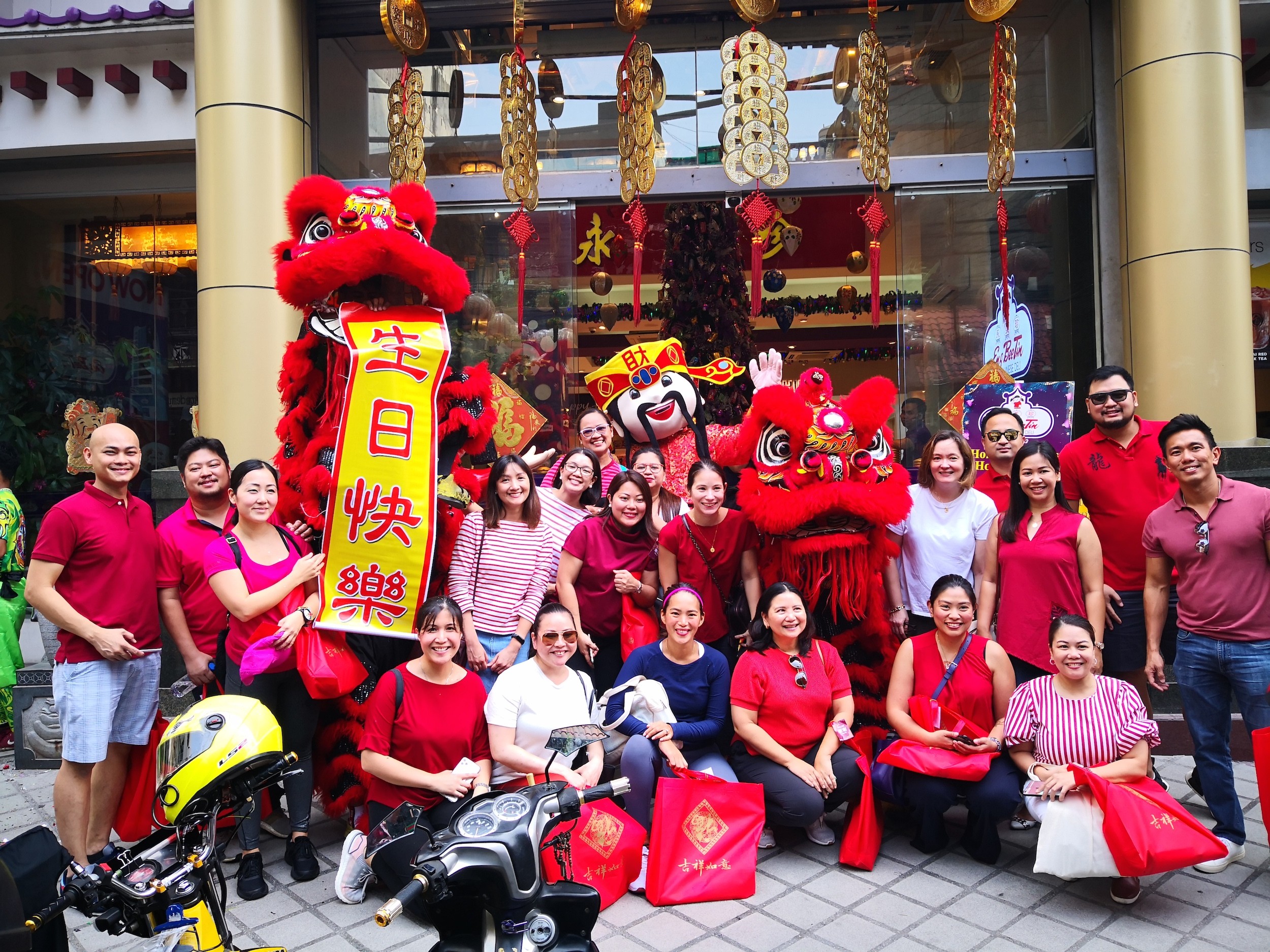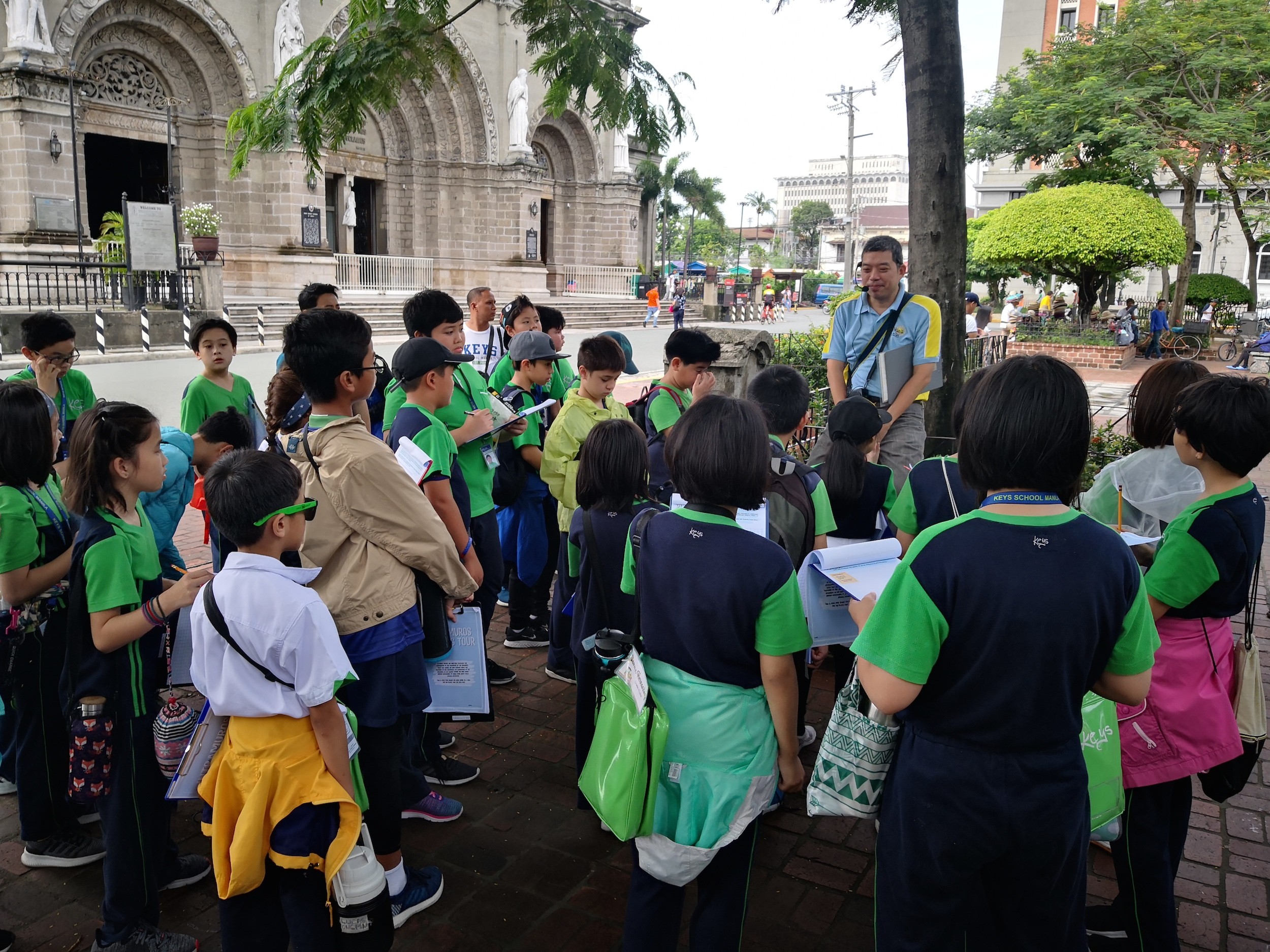The first quarter of 2020 was a typical busy year starter for a lot of tourist enterprises including our own venture, Old Manila Walks. Since 2005, our bespoke tour outfit has led thousands of happy participants in experiencing the heritage of Manila’s historic neighborhoods. This year was not any different and we looked forward to another busy season.

The first three months, after all, provide for the best weather ambiance to take urban walks when the amihan winds are at their peak. COVID-19 was beginning to be a buzzword but had not yet totally dampened the mood. I had a lot to look forward to: upcoming collaborative tour projects, personal trips, the mother’s 70th birthday bash and the launch of our first publication Deco Filipino: Art Deco Heritage in the Philippines to be held at the recently restored Rizal Memorial Coliseum in Malate.
“ Barricades — practically on every street corner — popped up from nowhere. Suddenly, we couldn’t do one of the most basic social human functions: go out, walk and be a part of the city. ”
But then, Taal Volcano erupted in January and ashfall hit the city. Slowly, we felt the number of people availing themselves of tours was eroding in what traditionally had been the busiest month of the year. Barely out of the volcanic disruption, COVID-19 began rearing its ugly head and bookings went downhill with cancellations left and right. Ironically, in the midst of these trying circumstances (less income but with lots of free time), I made the effort to support local tourism finally and saw myself climbing Mount Pulag, vacationing (again) in Baguio and even revisiting the delightful trail of Masungi Georeserve in Rizal on the eve of the impending lockdown.
Then on March 15, the unimaginable thing happened: Manila was put under total lockdown. The city that I lived in, walked on, and operated at was put on a standstill. Barangay barricades — practically on every street corner — popped up from nowhere. Suddenly, we couldn’t do one of the most basic social human functions: go out, walk and be a part of the city.
The tourism industry went into a major coma and in one fell swoop, our outfit became a non-essential service. I was suddenly out of my job. Like so many freelance professionals, I was put into a quandary. Seeing our predicament, friends were quick to suggest to pivot to doing virtual tours. While that is certainly possible, virtual tours are essentially two- or three-dimensional visual presentations to various destinations. It certainly has its advantages — and entertainment value — especially in this time of pandemic and controlled movement. However, virtual tours can only do so much in giving the full cultural tourism experience.

From the onset, our walking tours were designed as immersive, educational and multi-sensory programs that were deeply intertwined with our advocacies on understanding Manila’s cultural history and heritage conservation. Our experiences involved having people come to a specific place and being physically there — walking the streets, taking in the atmosphere, breathing the patina, relishing the taste and soaking up the sense of place. How do you translate these intangible and sensorial qualities that traveler’s look — and pay — for when visiting a place? How do you go on a food tour in Binondo without physically eating?
“ I refuse to believe that what is going on right now is the “new normal.” I’d like to think of it as just an “interim” normal, a terrible disruption in my life that is teaching me to face hard realities with a little bit more positivism, empathy, compassion and patience. ”
As the days went by, I found myself assessing the value of our work and thinking of ways to stay relevant. While being blessed to ride this storm out as I comfortably cocooned in my place, I wasn’t oblivious to the plight COVID-19 wreaked to our tourism industry workers. From big players such as the airlines and hotels, down to the rural mountain guides and humble kutseros, the virus snuffed out the livelihoods of countless individuals who relied within the far-reaching system of the tourism industry. Five months down the lockdown, I am still seeing tourism workers endure the effects of pandemic: tourism establishments remain shuttered, people are still wary of leisure travel and worse, some folks are pushed to desperation just to survive. A kutsero had to sell all but one of his work horses for tapa. In our own capacity, we supported displaced tourism frontliners from fellow guides to the neighborhood padyak and kalesa drivers in Intramuros.
To pivot, I’ve seen a tour guide become a delivery boy, a travel agent turning out home-cooked curries and a business owner morphing into a motivational speaker. In these uncertain times, one does what needs to be done to survive and earn — even if it’s just a fraction of what one’s pre-COVID-19 income was. Since we are a knowledge-based tour outfit with a specialization on cultural heritage, we had our own little pivot into alternative online education by becoming a speaker to various academic topics. At various times during the ECQ, we were lecturing to a diverse audience from third grade kids to fellow tourism practitioners where we tackled an eclectic range of topics that included historic migrations, Chinese imperial history, culinary tourism down to tour operations.
COVID-19 was the silent calamity that nobody was prepared for. Yes it was professionally tough and there are a thousand and one inconveniences that made my daily existence a lot harder than it should be. But then again, almost everyone is in the same rickety boat, with others probably worse off than my present situation. And being aware of this, I am more thankful and appreciative of the smallest things — the convenience of being able to drive while others have to walk. Queuing in long lines to the bank or grocery — at least I am not starving. Being jobless but still having little opportunities to hustle and earn. Having my family around me sound and (still) healthy. I refuse to believe that what is going on right now is the “new normal.” I’d like to think of it as just an “interim” normal, a terrible disruption in my life that is teaching me to face hard realities with a little bit more positivism, empathy, compassion and patience. Tourism may be in a coma right now but I am soldiering on, one step at a time. Because I love my craft, my city’s heritage, my cultural advocacy and most of all, this industry in which we get to apply our passion with.
Edited by Büm Tenorio Jr.



